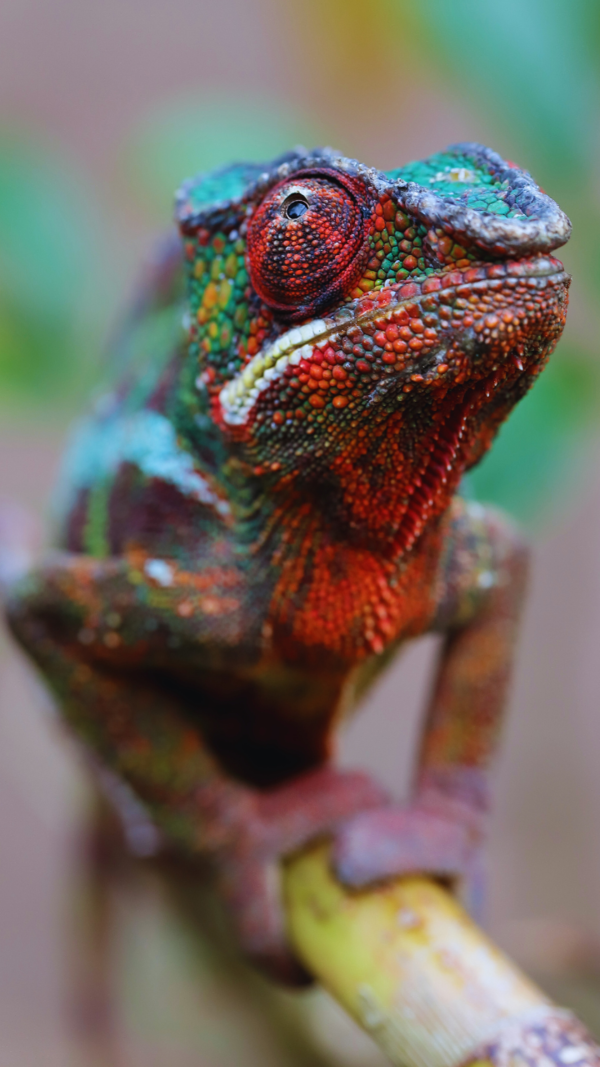- News
- City News
- kolkata News
- Olive Ridley turtles choose mates of similar size, reveals new study
Trending
Olive Ridley turtles choose mates of similar size, reveals new study
A recent study reveals that olive ridley sea turtles, a vulnerable species, exhibit size-assortative mating behavior, preferring partners of similar size. Conducted at Odisha’s Rushikulya rookery, the research highlights the biological advantages of this preference, with larger females laying more eggs and larger males having a competitive edge. Conservation efforts are crucial for their long-term survival.
A study published in the journal Ecosphere by scientists from the Kolkata-based Zoological Survey of India (ZSI) and the University of Michigan revealed that olive ridley sea turtles—a vulnerable species listed on the IUCN Red List—prefer mating with partners of similar size.
Some species of animals where males maintain a territory, are bigger in size as compared to females. In contrast to these animals, Olive Ridley females are bigger in size to accommodate the eggs inside their body. The Olive Ridley Sea turtles do not mate with random sized mates. They are mating with a preferred sized mate, the research finds.
You Can Also Check: Kolkata AQI | Weather in Kolkata | Bank Holidays in Kolkata | Public Holidays in Kolkata
The research, conducted over two years at Odisha’s Rushikulya rookery, one of the world’s largest mass nesting sites for the species, involved capturing, tagging, and measuring 134 mating pairs. The study found a strong positive correlation between the sizes of male and female turtles, indicating size-assortative mating behaviour.
Poll
Do you think size-assortative mating behavior in olive ridley sea turtles is a biological advantage?
Olive Ridley turtles are important because they are crucial in maintaining healthy marine ecosystems. They are a vital part of the food chain, helping regulate populations of other marine organisms, like jellyfish. Additionally, their nesting habits on beaches enrich coastal ecosystems and contribute to biodiversity.
Their nesting on beaches enriches the environment by contributing to the nutrient cycle and providing habitat for other species.
The research was led by Basudev Tripathy and Anil Mohapatra of ZSI, along with Anshuman Swain from the University of Michigan and Ashis Kumar Das and Sandeep Kumar Mohapatra from ZSI’s Gopalpur-on-Sea centre.
The study not only sheds light on a previously little-understood aspect of olive ridley behaviour but also underscores the importance of targeted conservation. “There are many unknown aspects of the biology of olive ridleys. Monitoring and reducing high sea mortality is essential for their long-term survival,” added Banerjee.
The Rushikulya rookery, discovered in 1994, has shown a steady rise in nesting females thanks to sustained conservation efforts. Tripathy, who has monitored the beach for nearly three decades, noted the positive trend: “The number of nesting females has been growing due to our persistent protection and habitat monitoring work.”
The need to protect Olive Ridley turtles and their nesting grounds underscores the importance of their role in maintaining healthy ocean ecosystems.
End of Article
Follow Us On Social Media








